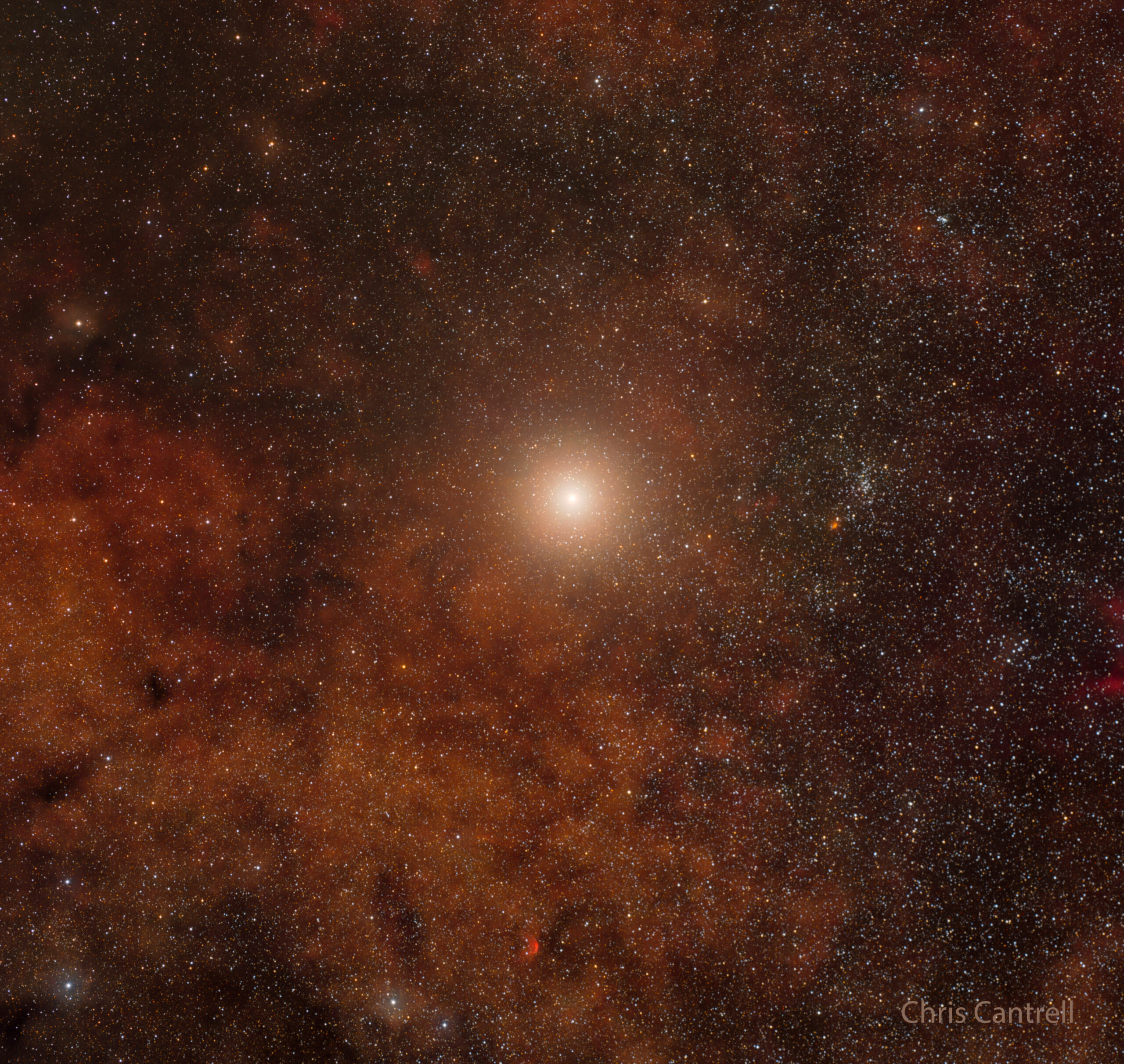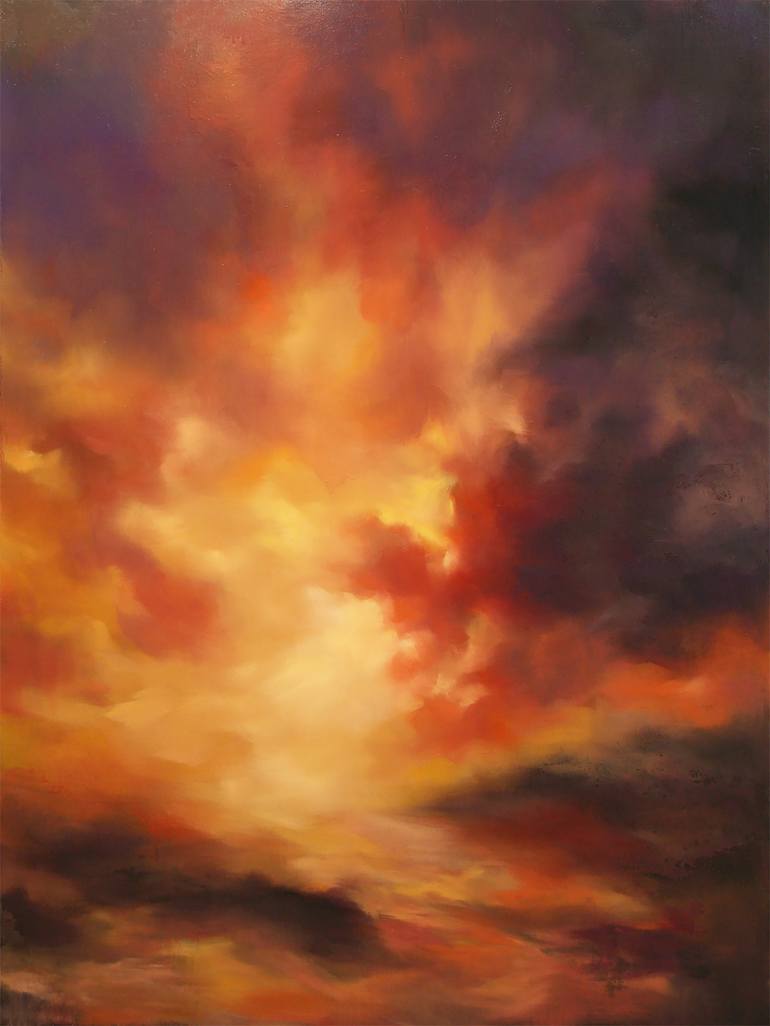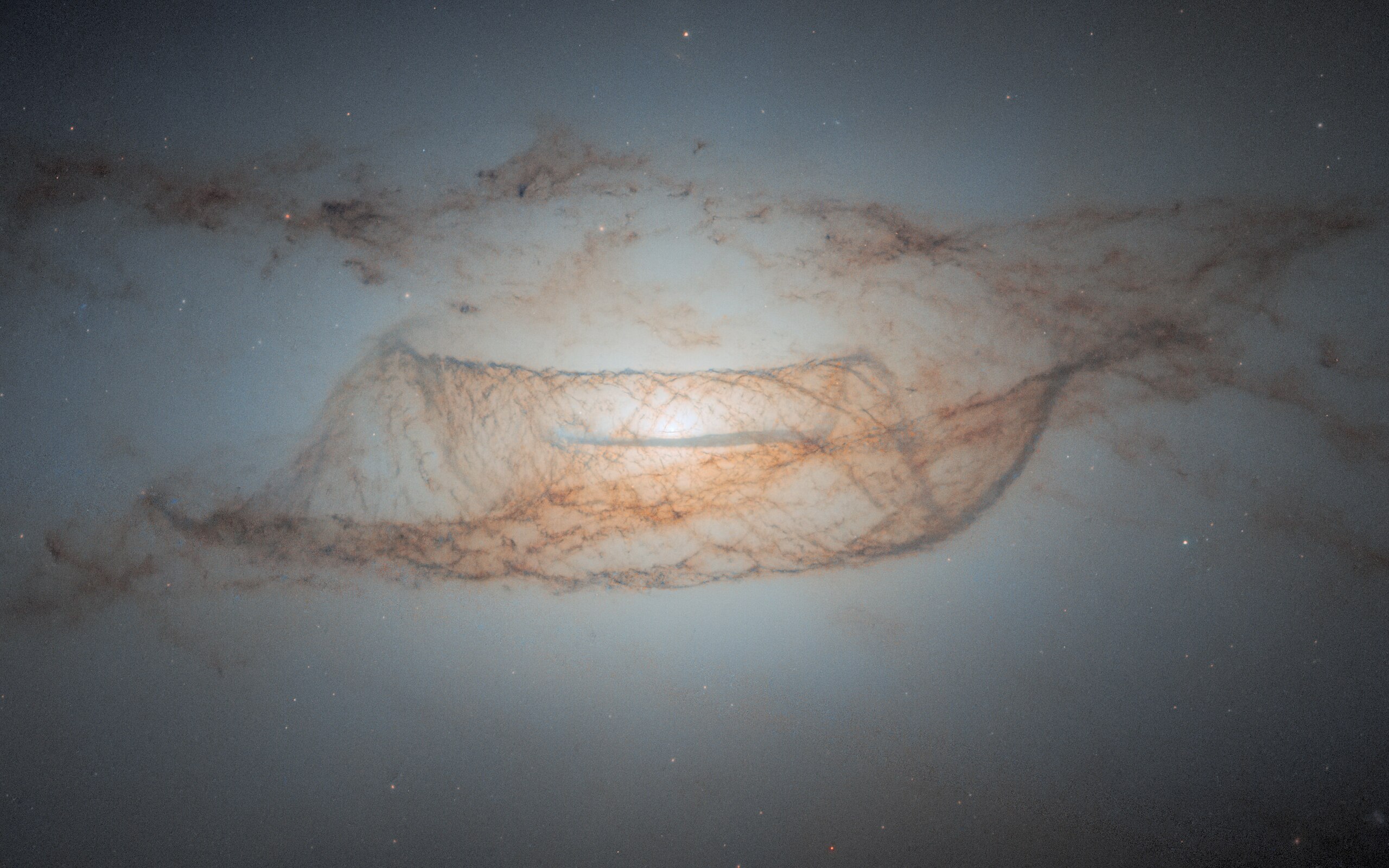Blog
Nick Fatool (January 2, 1915 – September 26, 2000) was an American jazz drummer. He was born in Millbury, Massachusetts, United States. Fatool first played professionally in Providence, Rhode Island, which he followed with time in Joe Haymes‘s band in 1937 and Don Beston‘s in Dallas soon after. In 1939, he played with Bobby Hackett briefly, and then became a member of the Benny GoodmanOrchestra. He became one of the most visible drummers of the 1940s, playing with Artie Shaw (1940–41), Alvino Rey (1942–43), Claude Thornhill, Les Brown, and Jan Savitt. In 1943, he moved to Los Angeles and took work as a session musician, recording profusely. Credits include Harry James, Erroll Garner (1946), Louis Armstrong (1949, 1951), Jess Stacy, Tommy Dorsey, Matty Matlock, John Scott Trotterand Glen Gray. He began an association with Bob Crosby, playing with him regularly between 1949 and 1951 and occasionally with Crosby’s Bobcats into the 1970s.
more...The closest star system to the Sun is the Alpha Centauri system. Of the three stars in the system, the dimmest — called Proxima Centauri — is actually the nearest star. The bright stars Alpha Centauri A and B form a closebinary as they are separated by only 23 times the Earth- Sun distance – slightly greater than the distance between Uranus and the Sun. The Alphasystem is not visible in much of the northern hemisphere. Alpha Centauri A, also known asRigil Kentaurus, is the brightest star in the constellation of Centaurus and is the fourth brightest star in the night sky. Sirius is the brightest even though it is more than twice as far away. By an exciting coincidence, Alpha Centauri A is the same type of star as our Sun, and Proxima Centauri is now known to have a potentially habitable exoplanet.

Seydou Koné (born January 1, 1953, in Dimbokro), better known by his stage name Alpha Blondy, is an Ivorian reggae singer and international recording artist. Many of his songs are politically and socially motivated, and are mainly sung in his native language Dyula, French and English, though he occasionally uses other languages, for example, Arabic or Hebrew.
more...Milton Jackson (January 1, 1923 – October 9, 1999 Detroit, MI), nicknamed “Bags“, was an American jazz vibraphonist. He is especially remembered for his cool swinging solos as a member of the Modern Jazz Quartet and his penchant for collaborating with hard bop and post-bop players.
A very expressive player, Jackson differentiated himself from other vibraphonists in his attention to variations on harmonics and rhythm. He was particularly fond of the twelve-bar blues at slow tempos. On occasion, Jackson also sang and played piano.
more...Bulee “Slim” Gaillard (January 9, 1911 – February 26, 1991), also known as McVouty, was an American jazz singer and songwriter who played piano, guitar, vibraphone, and tenor saxophone. Gaillard was noted for his comedic vocalese singing and word play in his own constructed language called “Vout-o-Reenee”, for which he wrote a dictionary.
In addition to English, he spoke five languages (Spanish, German, Greek, Arabic, and Armenian) with varying degrees of fluency.
He rose to prominence in the late 1930s with hits such as “Flat Foot Floogie (with a Floy Floy)” and “Cement Mixer (Put-Ti-Put-Ti)” after forming Slim and Slam with Leroy Eliot “Slam” Stewart. During World War II, Gaillard served in the US Army Air Forces. In 1944, he resumed his music career and performed with such notable jazz musicians as Charlie Parker, Dizzy Gillespie, and Dodo Marmarosa.
In the ’60s and ’70s, he acted in films—sometimes as himself—and also appeared in bit parts in television series such as Roots: The Next Generations. Gaillard resumed touring the circuit of European jazz festivals during the 1980s.
more...Xavier Cugat (Catalan; 1 January 1900 – 27 October 1990 Girona, Catalonia, Spain ) was a Spanish musician and bandleader who spent his formative years in Havana, Cuba. A trained violinist and arranger, he was a leading figure in the spread of Latin music. In New York City, he was the leader of the resident orchestra at the Waldorf–Astoria before and after World War II. He was also a cartoonist and a restaurateur. The personal papers of Xavier Cugat are preserved in the Biblioteca de Catalunya.
more...

Featured in this new image from the NASA/ESA Hubble Space Telescope is a nearly edge-on view of the lenticular galaxy NGC 4753. These galaxies have an elliptical shape and ill-defined spiral arms. This image is the object’s sharpest view to date, showcasing Hubble’s incredible resolving power and ability to reveal complex dust structures. NGC 4753 resides around 60 million light-years from Earth in the constellation Virgo and was first discovered by the astronomer William Herschel in 1784. It is a member of the NGC 4753 Group of galaxies within the Virgo II Cloud, which comprises roughly 100 galaxies and galaxy clusters. This galaxy is believed to be the result of a galactic merger with a nearby dwarf galaxy roughly 1.3 billion years ago. NGC 4753’s distinct dust lanes around its nucleus are believed to have been accreted from this merger event. It is now believed that most of the mass in the galaxy lies in a slightly flattened spherical halo of dark matter. Dark matter is a form of matter that cannot currently be observed directly, but is thought to comprise about 85% of all matter in the Universe. It is referred to as ‘dark’ because it does not appear to interact with the electromagnetic field, and therefore does not seem to emit, reflect or refract light. This object is also of scientific interest to test different theories of formation of lenticular galaxies, given its low-density environment and complex structure. Furthermore, this galaxy has been host to two known Type Ia supernovae. These types of supernovae are extremely important as they are all caused by exploding white dwarfs which have companion stars, and always peak at the same brightness — 5 billion times brighter than the Sun. Knowing the true brightness of these events, and comparing this with their apparent brightness, gives astronomers a unique chance to measure distances in the Universe. [Image Description: Lenticular galaxy NGC 4753 is featured with a bright white core and surrounding defined dust lanes around its nucleus, that predominantly appear dark brown in colour. A variety of faint stars fill the background of the image.]

more...
June Tabor (born 31 December 1947 in Warwick, England) is an English folk singer known for her solo work and her earlier collaborations with Maddy Prior and with Oysterband.
more...
Peter Alexander Greenlaw Quaife (born Kinnes; 31 December 1943 – 23 June 2010) was an English musician, artist and author. He was a founding member and the original bassist for the Kinks, from 1963 until 1969. He also sang backing vocals on some of their records.
Quaife founded a group known as the Ravens in 1963 with brothers Ray and Dave Davies. In late 1963 or early 1964, they changed their name to the Kinks. The group scored several major international hits throughout the 1960s. Their early singles, including “You Really Got Me” and “All Day and All of the Night“, have been cited as an early influence on the hard rock and heavy metal genres. In the band’s early days, Quaife, who was generally regarded as the best-looking member, was often their spokesman. He departed from the Kinks in 1969 and formed the band Mapleoak, which he left in April 1970.
After retiring from the music business, Quaife resided in Denmark throughout the 1970s. He relocated to Belleville, Ontario, in 1980, where he worked as a cartoonist and artist. He was diagnosed with kidney failure in 1998 and moved back to Denmark in 2005. Quaife died on 23 June 2010 of kidney failure.
more...James Robert Haslip (born December 31, 1951 NY,NY) is an American bass guitarist who was a founding member of the jazz fusion group the Yellowjackets, which he left in 2012. He was also an early user of the five-string electric bass.
more...Jonah Jones (born Robert Elliott Jones; December 31, 1909 – April 30, 2000) was a jazz trumpeter who created concise versions of jazz and swing and jazz standardsthat appealed to a mass audience. In the jazz community, he is known for his work with Stuff Smith. He was sometimes referred to as “King Louis II”, a reference to Louis Armstrong. Jones started playing alto saxophone at the age of 12 in the Booker T. Washington Community Center band in Louisville, Kentucky, before quickly transitioning to trumpet, where he excelled.
more...Odetta Holmes (December 31, 1930 – December 2, 2008 Birmingham, AL), known as Odetta, was an American singer, often referred to as “The Voice of the Civil Rights Movement“.Her musical repertoire consisted largely of American folk music, blues, jazz, and spirituals. An important figure in the American folk music revival of the 1950s and 1960s, she influenced many of the key figures of the folk-revival of that time, including Bob Dylan, Joan Baez, Mavis Staples, and Janis Joplin. In 2011 Time magazine included her recording of “Take This Hammer” on its list of the 100 Greatest Popular Songs, stating that “Rosa Parks was her No. 1 fan, and Martin Luther King Jr. called her the queen of American folk music.
more...More Posts
- Oteil Burbridge
- Buster Smith
- Arthur Big Boy Crudup
- World Music with Quarto Vozes
- Daily Roots with Lion Rezz
- The Cosmos with Abell 3827
- Keith Moon
- Terje Rypdal
- Gil Coggins
- Wynona Carr
- World Music with Li Baomei & Jiang Zhongde
- Daily Roots with Joggo ft. Lutan Fyah
- The Cosmos with M78
- Donna Godchaux
- Dale Hawkins
- Malachi Favors
- Sonny Thompson
- John Lee Hooker
- Claude Debussy
- World Music with Kaushiki Chakraborty
